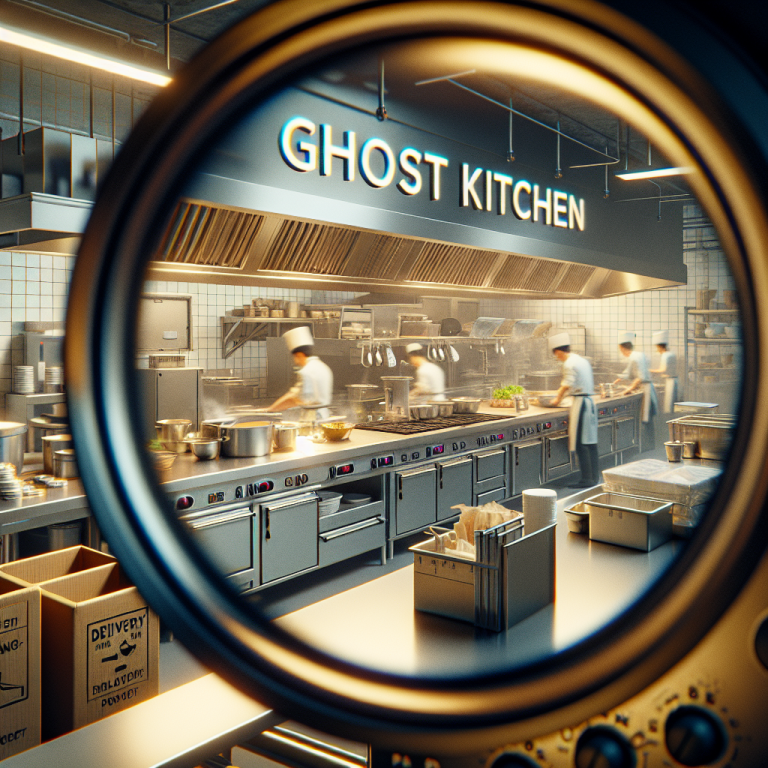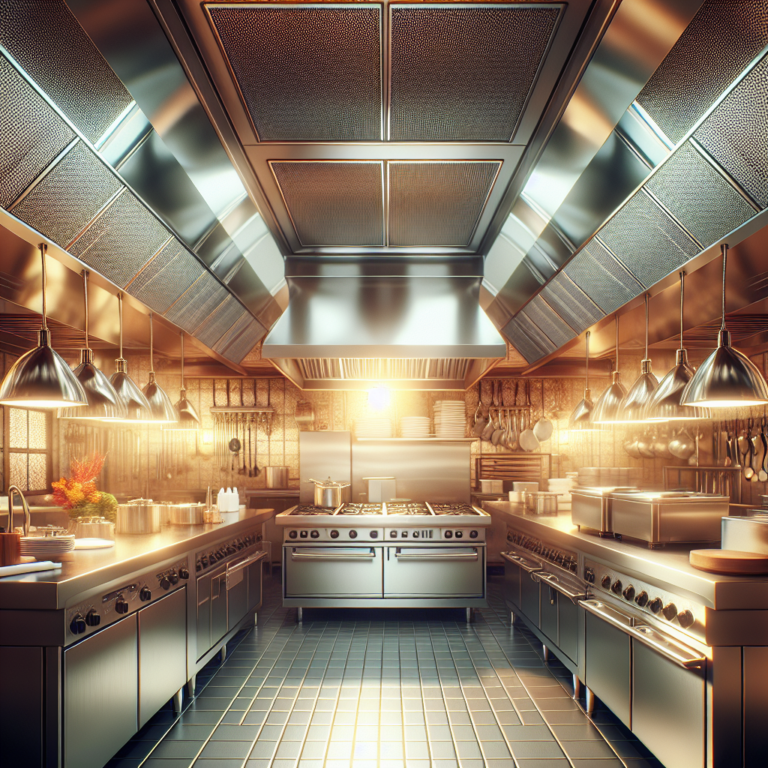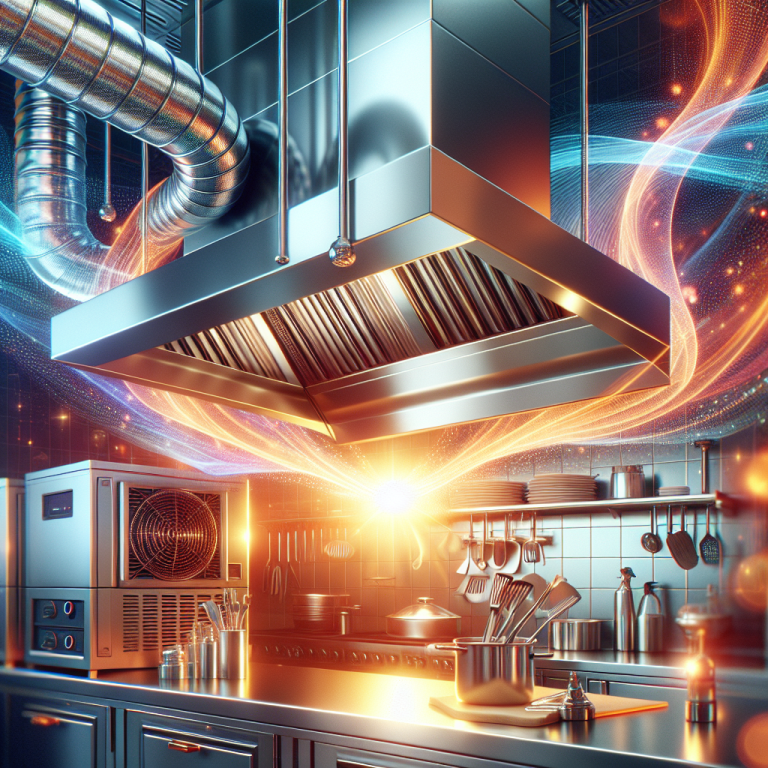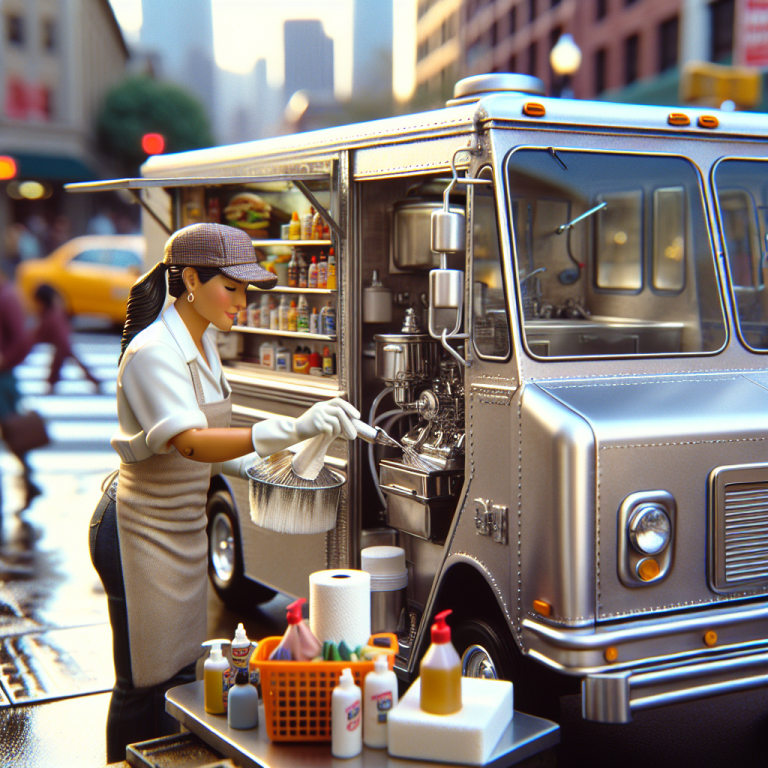Navigating Hood Cleaning Regulations for Ghost Kitchens and Delivery-Only Restaurants
Unpacking the Ghost Kitchen Phenomenon
In the age of digital convenience, ghost kitchens have emerged from the shadowy realm of traditional dining. Also known as delivery-only restaurants, ghost kitchens leverage the power of online ordering and third-party delivery services to bring culinary delights straight to your doorstep. However, while their presence in the physical sense may be limited, these virtual kitchens face real-world challenges, notably in the realm of hood cleaning.
The Art and Science of Hood Cleaning
At the heart of any functional kitchen, whether brick-and-mortar or ghostly, lies the exhaust hood system. Its purpose is pivotal: to remove grease-laden vapors, odors, and heat from the kitchen. Regular hood cleaning is essential to ensure that these systems operate efficiently and safely, as they significantly reduce fire hazards and improve air quality.
Hood Cleaning Requirements for Ghost Kitchens
Ghost kitchens must adhere to the same stringent hood cleaning requirements as traditional restaurants. Given the absence of a dining area, one might assume that these kitchens generate less grease buildup. However, due to potentially high volumes of food production aimed solely at delivery, grease accumulation can be deceptively high.
- Compliance with Local Regulations: Ghost kitchen operators must be aware of local health and safety regulations regarding hood cleaning and commercial kitchen maintenance to maintain their operational licenses.
- Regular Maintenance Schedule: Establishing a routine maintenance schedule for hood cleaning is crucial. For high-volume operations, cleaning may be required as frequently as once a month.
- Engagement of Professional Services: The expertise of professional restaurant hood cleaning services is indispensable for ensuring thorough cleaning and compliance with industry standards.
Challenges Unique to Ghost Kitchens
Unlike traditional restaurants, ghost kitchens often operate in shared spaces. This adds a layer of complexity to commercial kitchen hood cleaning for several reasons:
- Shared Systems: Ghost kitchens may share hood and ventilation systems with other kitchens using the same space, increasing the likelihood of grease buildup and necessitating coordinated cleaning efforts.
- Varied Cooking Styles: With multiple cuisines possibly being prepared under a single roof, the types of grease and particulates that accumulate can be more diverse, impacting the cleaning approach.
- Synchronized Operations: Coordinating cleaning schedules with other kitchens to minimize downtime and maintain optimal cleanliness can be a logistical challenge.
Best Practices for Effective Hood Cleaning
Whether you’re running a ghost kitchen or a traditional establishment, following best practices for exhaust hood cleaning can enhance safety and efficiency:
- Training and Education: Staff should be trained to recognize signs of grease buildup and understand the importance of regular hood cleaning.
- Utilizing Technology: Incorporating technology such as grease detectors and automatic cleaning systems can help in maintaining clean hoods.
- Professional Inspections: Periodic inspections by experienced professionals can identify potential issues before they become significant problems.
The Sacramento Scene: Best Hood Cleaning Services
For ghost kitchen operators in Sacramento, looking for reliable hood cleaning services can feel like searching for a needle in a haystack. That’s where the Best Hood Cleaning services in Sacramento come into play. Equipped with expertise and industry-grade cleaning tools, these service providers ensure that your hoods remain spotless and in compliance with all local regulations.
Conclusion
The virtual front of ghost kitchens might shield them from public view, but when it comes to hood cleaning and maintenance, transparency is key. Regular, professional cleaning ensures these kitchens remain efficient, safe, and compliant with health standards. As the industry continues to expand and evolve, operators must stay vigilant about maintenance practices to ensure the seamless delivery of culinary joy to hungry patrons.







